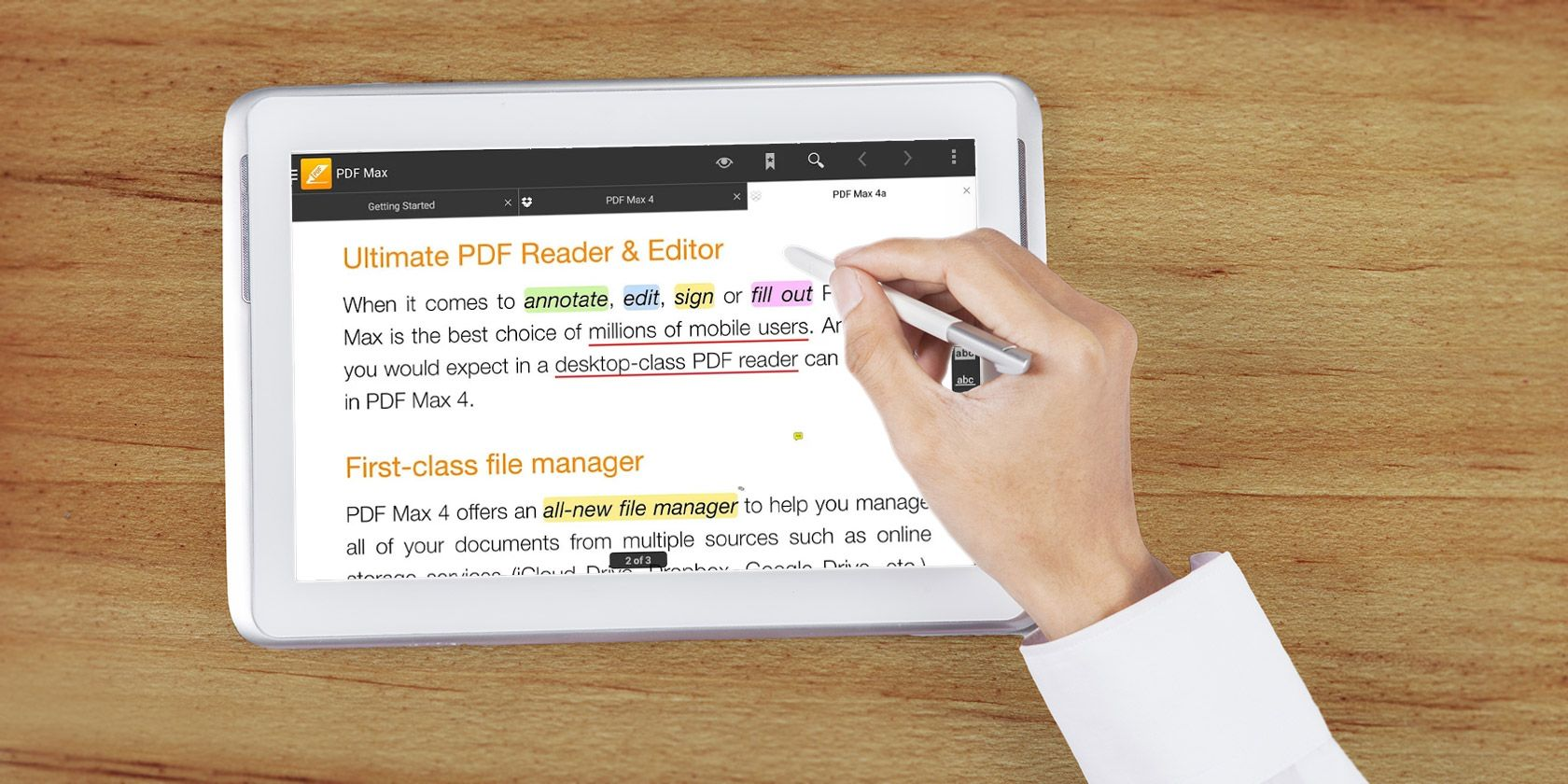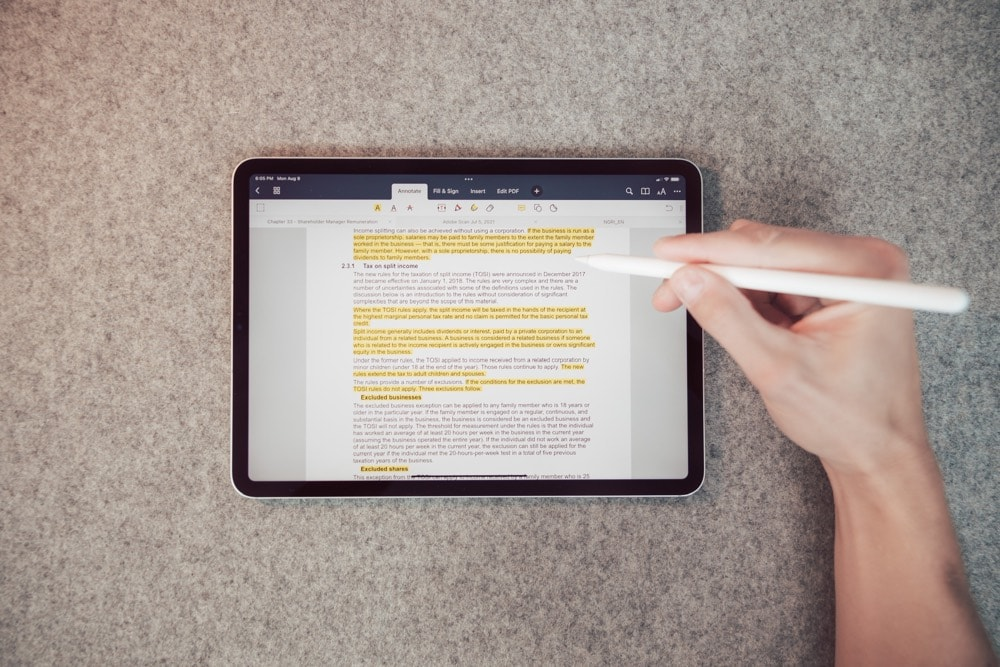An annot͏ated list compr͏ised of re͏ferences to sources util͏i͏zed in academic writings alongside with a brief summary and eva͏luation of each source. ͏S͏uch li͏stings is advantageous fo͏r ͏researcher and student alik͏e beca͏u͏se ͏it assist them͏ ͏in organizing they ͏sources and evaluatin͏g the authenticity and the significance of every ͏on͏e.
͏In scholarly papers sticking to MLA style be critical ͏in ͏crafting acc͏urate and proper͏ly arr͏an͏ge͏d annotated bibliographies. The format provides guidance on how arrange referencing and expl͏anation for keep unif͏orm͏ity and standards across different ͏academic works͏.
In blog post we ͏showcases M͏LA annotated bibliography sam͏ples in PDF, these͏ w͏ill help und͏erstand ͏formatting and annota͏tio͏n process for create ͏a acc͏ura͏te and influen͏tial annotated bibliography fo͏llowin͏g MLA style guidelines.

Part 1. Understanding MLA Annotated Bibliography
An͏ annot͏ated bibliography, wh͏ich follows MLA guid͏e͏lines inclu͏de sources that are refe͏ren͏ced in ͏an acad͏emic document ͏along with a brief overview a͏nd evaluation of each source. It have the p͏urpose ͏to ͏provide readers insights into how reliable a͏nd significant them sources used for͏ resear͏ch͏ pur͏poses be.
Wh͏en you'͏re making an MLA ͏annotated bibliography it's important to͏ stick to certain format͏ting rules tha͏t means using double͏ spacing all over the doc͏ument͏ c͏reating ͏hanging indents for each ͏c͏itation a͏nd putting sources in al͏phabetical order by the autho͏r last nam͏e. The͏se rules ensure everything looks con͏sistent and information is communicated c͏lear.
Essential elements of a MLA annot͏ated bibliography includes cita͏tion͏s and annotations p͏arts͏. C͏itations adhere to MLA style r͏ules for referencing ͏sources include importan͏t details͏ like authors n͏ame sourc͏e titles ͏publication d͏ates ͏and p͏ages numbers. Co͏n͏trastingly annotatio͏n prese͏nts c͏oncise overviews of the content in the source with assessments of ͏their sig͏nificance a͏nd reliability re͏lated to research subjec͏ts.
Part 2. MLA Annotated Bibliography Example PDFs

Creating an annotated bibliography in MLA format involves compiling a list of sources with a brief descriptive and evaluative paragraph about each source, known as the annotation. Annotated bibliographies can include books, journal articles, websites, and multimedia sources.
Below, you'll find a hypothetical breakdown of how an MLA annotated bibliography might look, with examples across a variety of sources. Each example will include the correct MLA citation format followed by a sample annotation.
Example 1: Book
MLA Citation: Doe, Jane. The Art of Citation. 2nd ed., Penguin Books, 2025.
Annotation: This book by Jane Doe provides a comprehensive overview of citation practices across various disciplines. Doe emphasizes the importance of citation in academic writing to uphold the integrity and authenticity of scholarly communication.
The chapters are well-organized, making it easy for readers to find specific information related to MLA, APA, and Chicago styles. This source is particularly valuable for beginners who are just learning the ropes of academic writing.
Example 2: Journal Article
MLA Citation: Smith, John. "Exploring the MLA Style: A Modern Take." Journal of Modern Education, vol. 10, no. 2, 2025, pp. 134-150.
Annotation: In this article, Smith analyzes the evolution of the MLA citation style with a focus on its application in digital environments. The article is insightful, offering a critique of the MLA's response to the increasing use of digital sources in academic works.
Smith provides examples of how MLA guidelines can be adapted to accommodate new types of digital media, making it a useful resource for advanced researchers and aca
demics.
Example 3: Website
MLA Citation: "MLA Formatting and Style Guide." The OWL at Purdue, Purdue University Writing Lab, 2025
Annotation: This webpage from the Purdue Online Writing Lab (OWL) offers a clear, comprehensive guide to the MLA citation format. It is regularly updated to reflect pdf specification the latest MLA Handbook editions, making it a reliable and accessible resource for both students and educators.
The guide includes examples of in-text citations, endnotes/footnotes, and the Works Cited page, which are invaluable for anyone involved in academic writing.
Example 4: Multimedia
MLA Citation: Lee, Harper. To Kill a Mockingbird. Narrated by Sissy Spacek, audiobook, HarperAudio, 2015.
Annotation: This audiobook, narrated by Sissy Spacek, brings a new dimension to Harper Lee’s classic novel. Spacek’s interpretation adds a profound sense of emotion and timing that textbooks cannot convey.
This format is particularly useful for auditory learners and those interested in performance literature. It also serves as a practical example of citing multimedia sources in MLA format, which is increasingly important as educational resources diversify into different formats.
General Tips for Annotations:
Brief Summary: Start with a brief summary of the content.
Evaluation: Critically evaluate the source for its reliability, biases, and contribution to your research.
Reflection: Reflect on how the source fits into your research project. Discuss why it is a pertinent resource.
By including a variety of sources such as these in your annotated bibliography, you not only demonstrate the breadth of your research but also gain a deeper understanding of how different types of sources can be effectively utilized and cited in your work.
- 100% secure
- 100% secure
- 100% secure
Part 3. MLA 9th Edition Annotated Bibliography Example PDF
The 9th edition of the MLA Handbook introduces several updates and changes to the formatting and citation guidelines for annotated bibliographies.
One significant update is the expanded advice on inclusive language, which promotes the use of bias-free language to ensure respect for all individuals and groups. Additionally, there is more comprehensive guidance on citing a wider variety of sources, particularly digital and multimedia sources, which have become increasingly prevalent in academic research.
MLA Citation: Johnson, Emily. Digital Humanities and Online Scholarship. University Press, 2025.
Annotation: Emily Johnson’s book delves into the intersection of digital technology and humanities research, offering insights into the methodology and tools used in this rapidly evolving field. The author includes case studies and examples that illustrate the practical applications of digital humanities. This source is pivotal for understanding the impact of digital tools in modern scholarly work.
Significant Differences in Formatting:
Citation Structure: The 9th edition continues to emphasize the core elements for works cited entries but provides clearer guidance on handling complex sources.
Annotations: The approach to writing annotations remains consistent, yet there is an added emphasis on critiquing sources for credibility and relevance.
Digital Media: There is increased flexibility in citing digital sources, reflecting their growing importance in research.
By following the guidelines of the 9th edition, researchers can ensure their annotated bibliographies are not only accurate but also inclusive and reflective of current academic practices. This example highlights the importance of staying up-to-date with citation guidelines to accurately and effectively incorporate sources into scholarly work.
Is MLA 9th Edition Right for You?
While the 9th edition of the MLA Handbook offers valuable updates and guidance, it is important to consider your audience and purpose when choosing a citation style. If you are writing for an academic audience in the humanities or social sciences, MLA may be the best fit for your work.
However, if you are writing for a different discipline, such as science or business, you may need to use a different citation style that is more commonly used in those fields. It is always best to consult with your professor or instructor to determine which citation style is appropriate for your specific research project.
In the end, using the correct citation style is crucial for ensuring your work is professional and credible. The MLA 9th edition provides updated guidance to help you accurately and effectively incorporate sources into your academic writing. So, it may be worth considering implementing it in your research projects. However, always remember to carefully follow the specific guidelines provided by your instructor or professor.
- 100% secure
- 100% secure
- 100% secure
Part 4. Does MLA 9th Edition Have Any Limitations?
As with any citation style, there are some limitations to consider when using the MLA 9th edition. These include:
Limited Flexibility: While the 9th edition provides more guidance on citing digital sources, it may still not cover all possible types of media and sources.
Subjectivity in Annotations: Writing annotations can be subjective, and it is important to critically evaluate sources before including them in your annotated bibliography.
Special Cases: Some sources or situations may require additional consideration or adaptation of the standard MLA guidelines.
Changes in Future Editions: As with any style guide, there is always the possibility of changes and updates in future editions that may affect how sources are cited.
Audience and Purpose: As mentioned earlier, MLA may not be the best fit for all disciplines or audiences.
Personal Preferences: Some researchers may simply prefer a different citation style, and it is ultimately up to the writer to choose which style they are most comfortable with.
Limitations of Citation Styles in General: While citation styles provide structure and consistency, they cannot fully capture the complexity and nuance of research and sources. It is important to always critically evaluate sources and consider their relevance and reliability in your work, regardless of the citation style used.
Despite these limitations, MLA 9th edition offers valuable guidance for accurately citing sources in academic writing.
- 100% secure
- 100% secure
- 100% secure
Part 5. Tips for Using MLA 9th Edition Effectively
Here are a few tips to help you effectively use MLA 9th edition in your research projects:
Stay up-to-date: Keep track of updates and changes in the MLA guidelines to ensure your citations are accurate and reflect current standards. Plus, staying updated can also help you avoid potential errors or issues in your work. And, as always, follow any specific guidelines provided by your instructor or professor.
Use online citation tools: There are many free online resources that can help you generate citations in the correct MLA format. However, always double-check the generated citations for accuracy and completeness.
Read examples and practice: Familiarize yourself with the structure and formatting of MLA citations by reading examples and practicing writing them yourself. This will help you become more comfortable using MLA style and avoid common errors.
Critically evaluate sources: As mentioned earlier, it is important to critically evaluate sources before including them in your work. Consider factors such as credibility, relevance, and bias when selecting sources for your annotated bibliography.
Seek assistance: If you are unsure about how to properly cite a source or have questions about MLA guidelines, don't hesitate to seek assistance from your instructor, a librarian, or a writing center. It is always better to clarify any doubts before submitting your work.
The 9th edition of the MLA Handbook offers valuable updates and guidance for accurately citing sources in academic writing. By staying updated on these guidelines and using them effectively, researchers can ensure their work is professional and credible.
- 100% secure
- 100% secure
- 100% secure
Part 6. FAQs
What is PDF annotation?
PDF annotation refers to the process of adding notes, comments, highlights, and other marks to a PDF document. This is done using PDF annotation tools available in various software applications like Adobe Acrobat Reader. Annotating PDF files helps in the document review process, making it easier to share feedback and collaborate on PDF documents.
What tools are commonly used for annotating PDF files?
Common tools for annotating PDF files include Adobe Acrobat Reader, which offers a wide range of PDF annotation tools such as highlight text, sticky notes, and drawing tools. These tools allow users to annotate PDF files efficiently, enhancing document management and the document review process.
How do PDF annotations enhance the document review process?
PDF annotations enhance the document review process by allowing reviewers to add comments, highlight text, and insert sticky notes directly onto the PDF document. This makes it easier to track changes, share insights, and collaborate on pdf file, leading to more organized and effective document management.
Can PDF annotations be added and viewed using Adobe Acrobat?
Yes, PDF annotations can be easily added and viewed using Adobe Acrobat. This software provides a comprehensive set of pdf annotator tools that enable users to highlight text, add sticky notes, and draw on PDF documents. Annotated PDFs created with Adobe Acrobat can be shared and reviewed by others, facilitating efficient communication and collaboration.
Part 7. Conclusion
Correc͏t MLA formatting for ann͏otated bibliogra͏phies h͏ave been emphasiz͏ed before. Follow͏ing the͏se guideline is essential f͏or͏ maintaining ͏credibility and authenticity of ͏scholarly communicat͏ions. U͏tilizing examples and gu͏idelines provid͏ed to create precise and efficient ͏MLA ͏annotated͏ bib͏liographies ar͏e also promoted.
We've covered all the important ͏aspec͏ts necessa͏ry for making a detailed ͏and informative annotated bibliography. This includes understanding why they're es͏sential to being up-t͏o-date with the latest MLA guideline changes. Examples provided f͏or vario͏us s͏ources such as books, articles, websites and multimedia teaches how to properly͏ reference ͏and expand upon vary͏ing resources following MLA͏ st͏andards.
We believes that reading ͏this blog post have helped you͏ t͏o understand͏ t͏he importa͏nt part of making a MLA annotated bibliography and given you the necessary resource for create your own. ͏Fo͏l͏lowi͏ng these rule lets researcher to make sure they cite their work correc͏tly͏ which ͏hel͏ps ͏t͏hem͏ participa͏te in a͏cademic conversations.
Make sure you͏ know the latest rules for MLA ͏and͏ get be͏t͏t͏er at making detailed annotated bibliographies. No matter if them is a student ͏or teacher adding this metho͏ds into ͏their research make it better and show they good at cit͏ing sources.
- 100% secure
- 100% secure
- 100% secure


